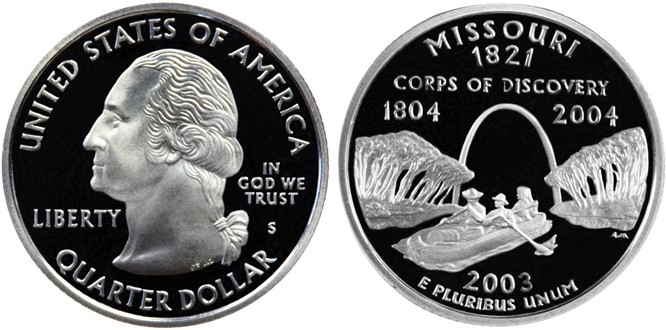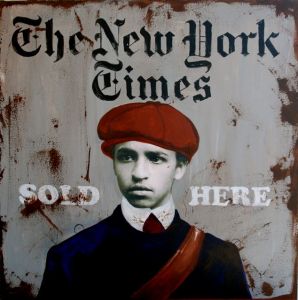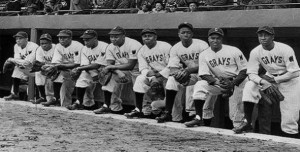The US minted Missouri Quarter features Lewis and Clark and a third man, York, who was Clark’s slave. This coin is now part of the Museum Of UnCut Funk’s Black Coins and Medals Collection.
The first historical African-American to appear on a circulating United States coin was William Clark’s slave York. Based upon the paltry amount of information we have about him, we know that York was roughly the same age as Clark and lived with him throughout childhood. York was Clark’s “body slave” – that is, if you can imagine such a thing, a put-upon – and in the case of York, a constantly put down, personal valet. Brian Hall, who researched extensively the way York was treated by Clark and Lewis for his novel I Should Be Extremely Happy in Your Company, says Clark’s “callousness toward York sits awkwardly with his portrayal as an American hero.”[1] In fact, it is the very depiction of York rowing a canoe in the shadow of Eero Saarinen’s St. Louis Gateway Arch that is emblematic of the cruelest aspect of York’s life. After having accompanied Lewis, Clark, and their personally-selected group of adventurers and military men, York expected some consideration for his contribution to the celebrated journey. Each of the other members of the group was compensated. Lewis was given a significant political position as the second American governor of the Louisiana Territories (replacing the treasonousJames Wilkinson). Sacagawea is said to have settled with her husband Charbonneau in St. Louis (at Clark’s request), bearing a boy and a girl before dying from illness in 1812. Some oral traditions have her returning home to Shoshone country and living to the ripe old age of 96. But the freedom York sought was denied him by Clark, who ordered him to leave his wife (slave marriages not being legally binding) and come with him to St. Louis.
What happened to York after this point is anyone’s guess. The black adventurer the Arikara people dubbed “Big Medison” could have met any number of fates. Clark told Washington Irving in 1832 that he had set York free but that he had failed as a free man and was trying to make his way back to St. Louis to return to Clark’s service when he died. As with the Sacagawea story, some speculate that York made his way back out to the frontier and lived a noble life amongst the native peoples. Perhaps this myth sits well with the American soul and the mystical nature of the American frontier.
However, how York came to be included in the design is one of the great stories surrounding modern coinage.
Source: Charles Morgan and Herbert Walker for Coin Week
[line-sep]
Charles Morgan is a member of the Ike Group and is working with Rob Ezerman on GradeView™: Eisenhower Dollars and with longtime collaborator Hubert Walker on a number of other projects, including the Registry Set Collector’s Guide to US Coinage, which will be published sometime next year.
Hubert Walker’s background is in the classics. A nationally-recognized Latin scholar when younger, Hubert’s interest in history and symbology connects him to modern coins as well as ancients. He also likes the movies, among other things.
Charles and Hubert’s informative columns appear weekly at CoinWeek.com.






